Shift Towards DevOps Practices
The serverless architecture market is witnessing a shift towards DevOps practices among South Korean enterprises. This transition is characterized by a growing emphasis on collaboration between development and operations teams, which is essential for accelerating application delivery. Serverless architecture aligns well with DevOps methodologies, as it allows for rapid deployment and iteration of applications without the complexities of server management. As organizations adopt DevOps principles, the serverless architecture market is likely to benefit from increased adoption rates. Recent statistics indicate that companies implementing DevOps practices have reported a 50% reduction in deployment times, underscoring the efficiency gains associated with serverless solutions. This trend suggests a promising future for the serverless architecture market as it becomes integral to modern software development.
Focus on Enhanced User Experience
In South Korea, the serverless architecture market is increasingly focused on enhancing user experience. As customer expectations evolve, businesses are compelled to deliver applications that are not only functional but also responsive and engaging. Serverless architecture enables developers to create applications that can scale automatically based on user demand, ensuring optimal performance during peak usage times. This capability is particularly vital in sectors such as gaming and streaming services, where user engagement is critical. Market analysis indicates that companies prioritizing user experience through serverless solutions are likely to see a 20% increase in customer satisfaction ratings. Thus, the emphasis on user experience is driving growth in the serverless architecture market, as organizations strive to meet and exceed consumer expectations.
Rising Demand for Scalable Solutions
The serverless architecture market in South Korea is experiencing a notable surge in demand for scalable solutions. As businesses increasingly seek to enhance their operational efficiency, the ability to scale applications seamlessly becomes paramount. This trend is particularly evident in sectors such as e-commerce and finance, where fluctuating workloads necessitate flexible infrastructure. According to recent data, the serverless architecture market is projected to grow at a CAGR of approximately 25% over the next five years. This growth is driven by the need for organizations to respond swiftly to market changes without incurring substantial costs associated with traditional server management. Consequently, the serverless architecture market is positioned to play a crucial role in supporting the scalability requirements of South Korean enterprises.
Integration with Emerging Technologies
The integration of serverless architecture with emerging technologies is significantly influencing the market landscape in South Korea. Technologies such as artificial intelligence (AI) and the Internet of Things (IoT) are increasingly being adopted by businesses seeking to leverage data-driven insights. The serverless architecture market facilitates this integration by providing a flexible and efficient environment for deploying applications that require real-time data processing. For instance, companies utilizing serverless solutions can enhance their AI models without the burden of managing underlying infrastructure. This trend is expected to contribute to a projected market growth of around 30% in the next few years, as organizations recognize the potential of serverless architecture to streamline operations and foster innovation.
Government Initiatives Supporting Cloud Adoption
Government initiatives in South Korea are playing a pivotal role in supporting the adoption of cloud technologies, including serverless architecture. Policies aimed at promoting digital transformation across various sectors are encouraging businesses to migrate to cloud-based solutions. The serverless architecture market stands to benefit from these initiatives, as they provide a conducive environment for innovation and technological advancement. Recent government reports indicate that investments in cloud infrastructure are expected to reach $1 billion by 2026, reflecting a strong commitment to enhancing the digital landscape. This supportive regulatory framework is likely to accelerate the growth of the serverless architecture market, as organizations leverage government resources to adopt more agile and efficient computing solutions.


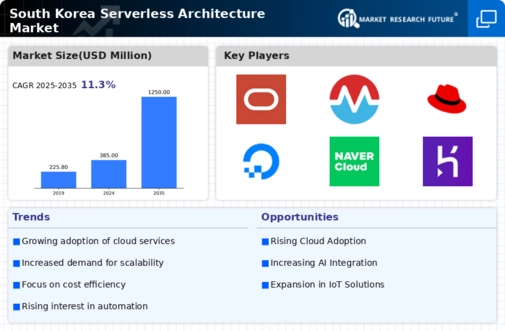
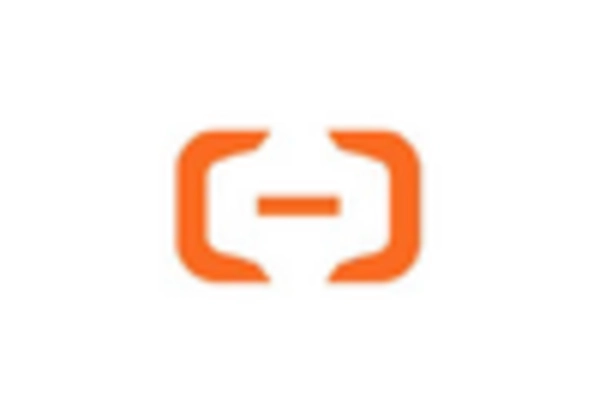
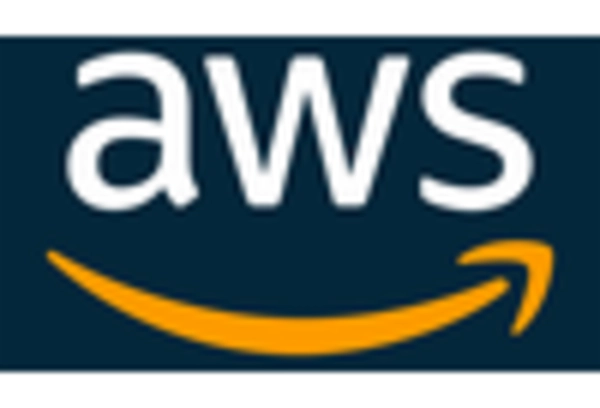

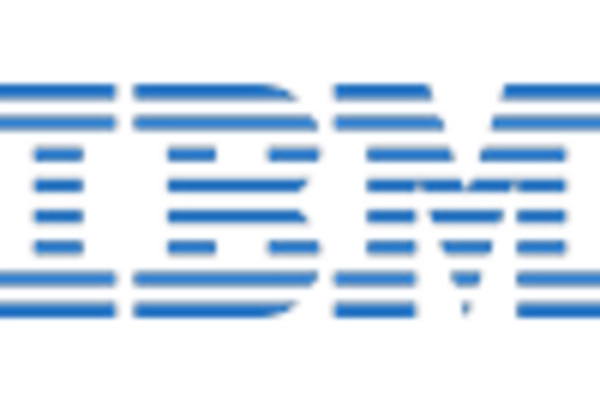

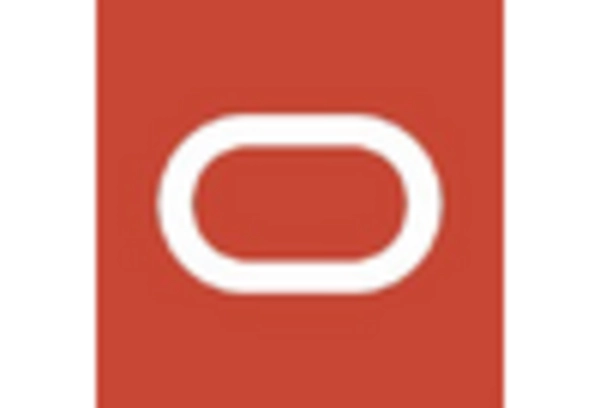








Leave a Comment